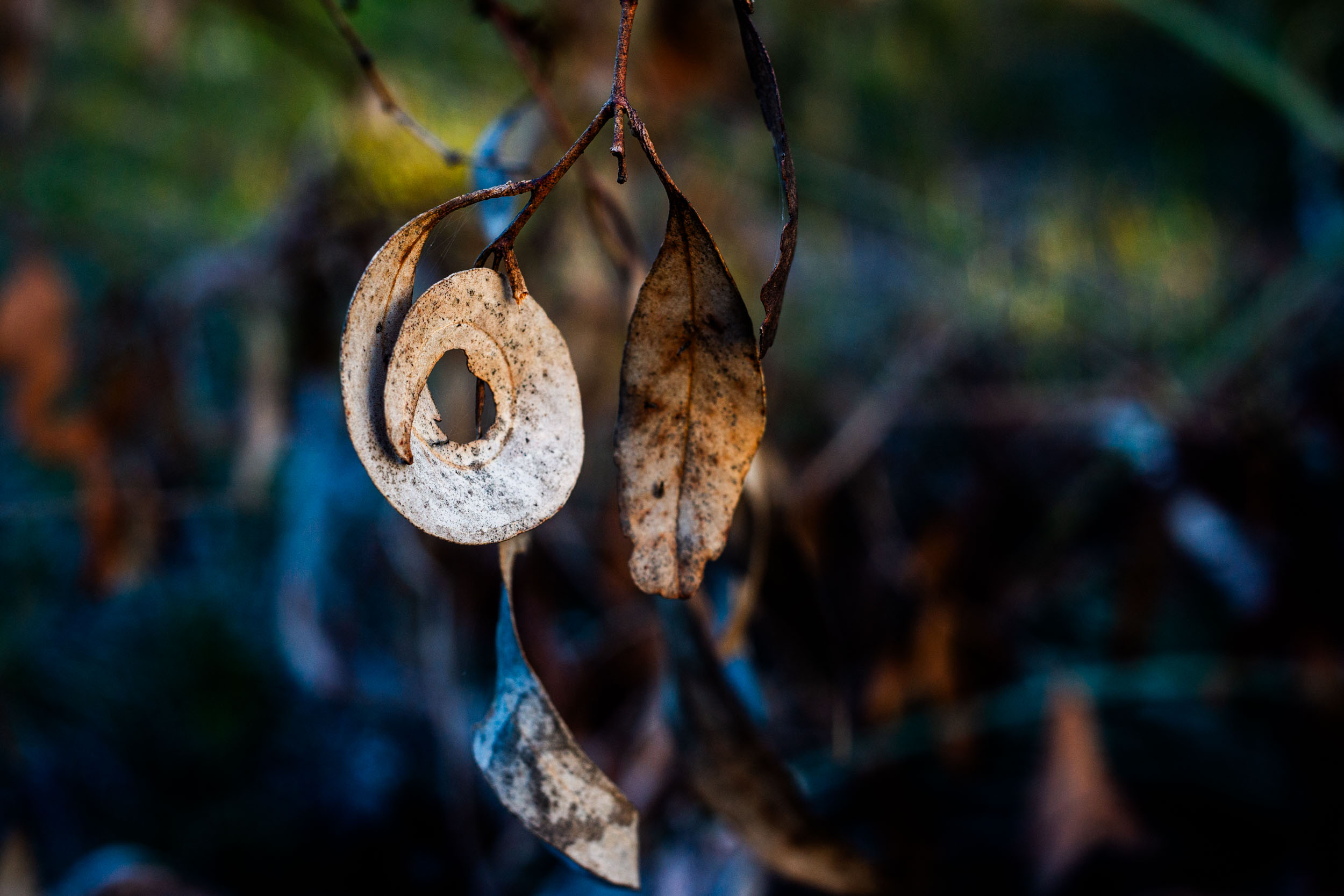The traditional or pre-modern Japanese aesthetic category of mono no aware generally refers to impermanence of things. It is often interpreted as the ‘pathos of things’–“pathos” (aware) of “things” (mono), deriving from their transience.
What could be more transient than leaves in the local bushland?

This aesthetic category centers on the acceptance of transience and imperfection and it is very appropriate for the flux of nature in the local bushland that we walk in. Mono no aware involves an understanding that transience is a natural phenomenon independently of our relationship with what has disappeared.
Pages: 1 2

